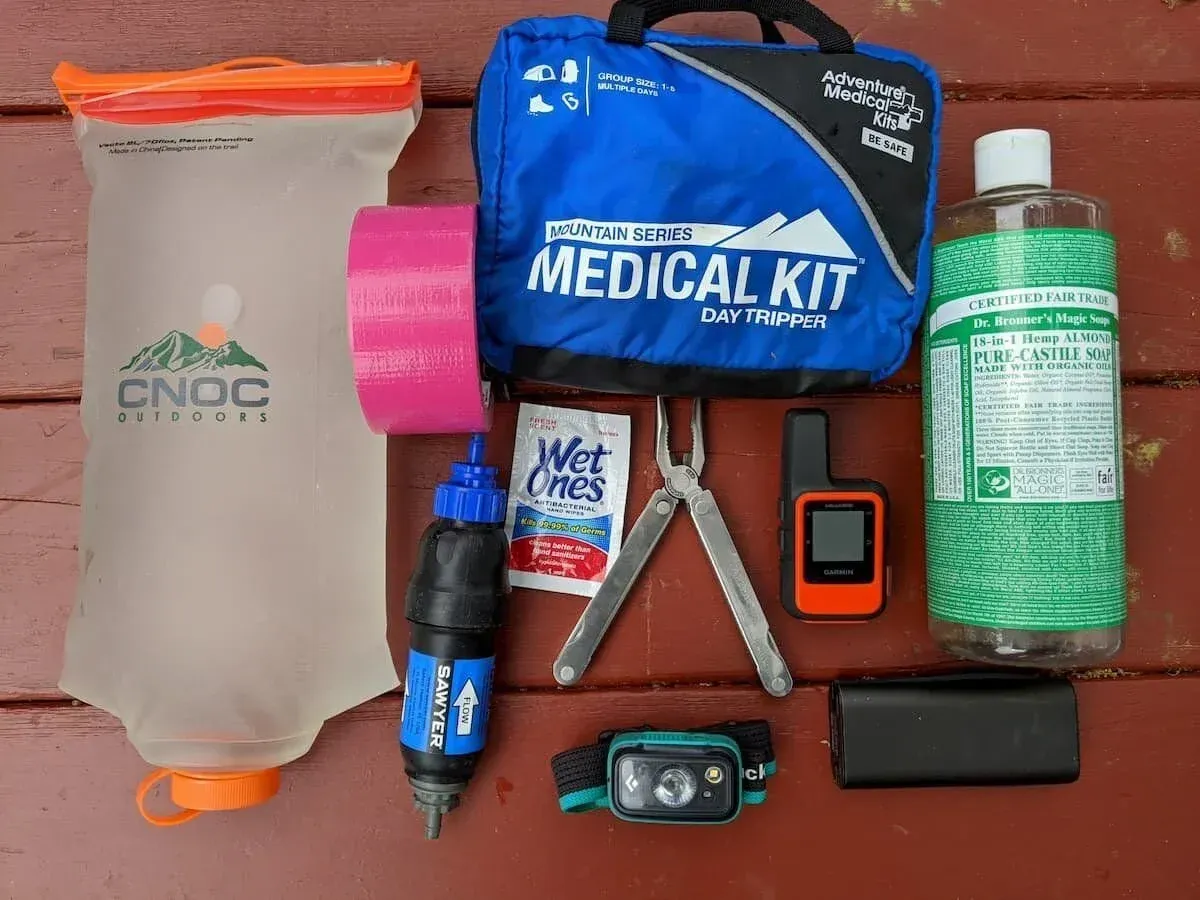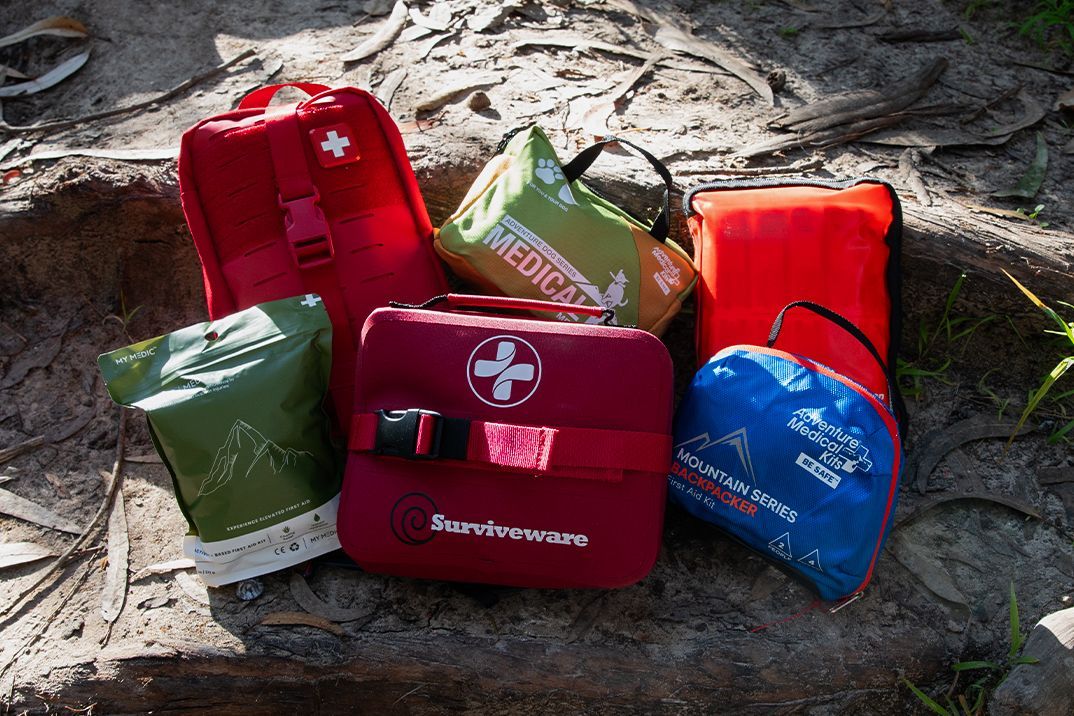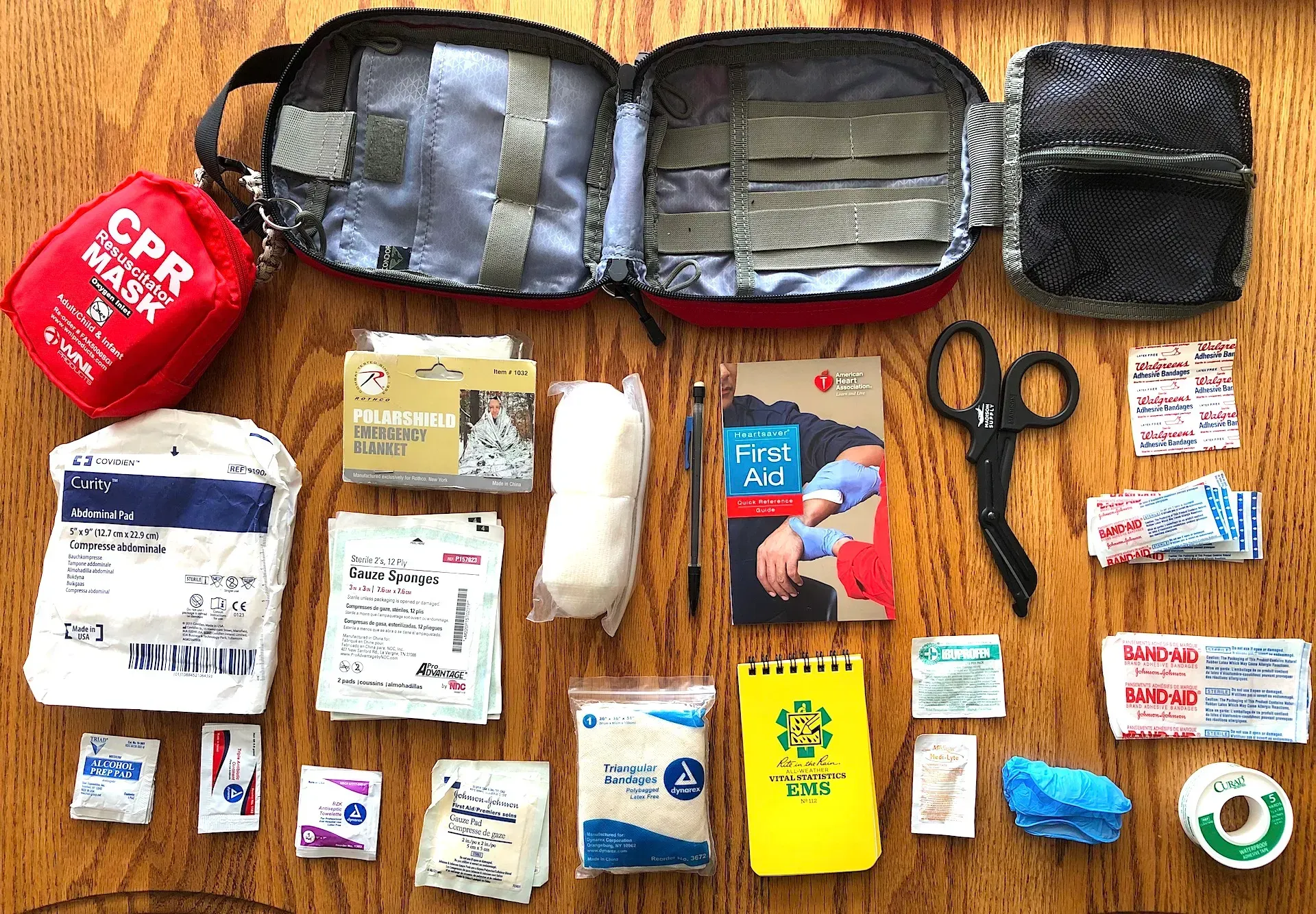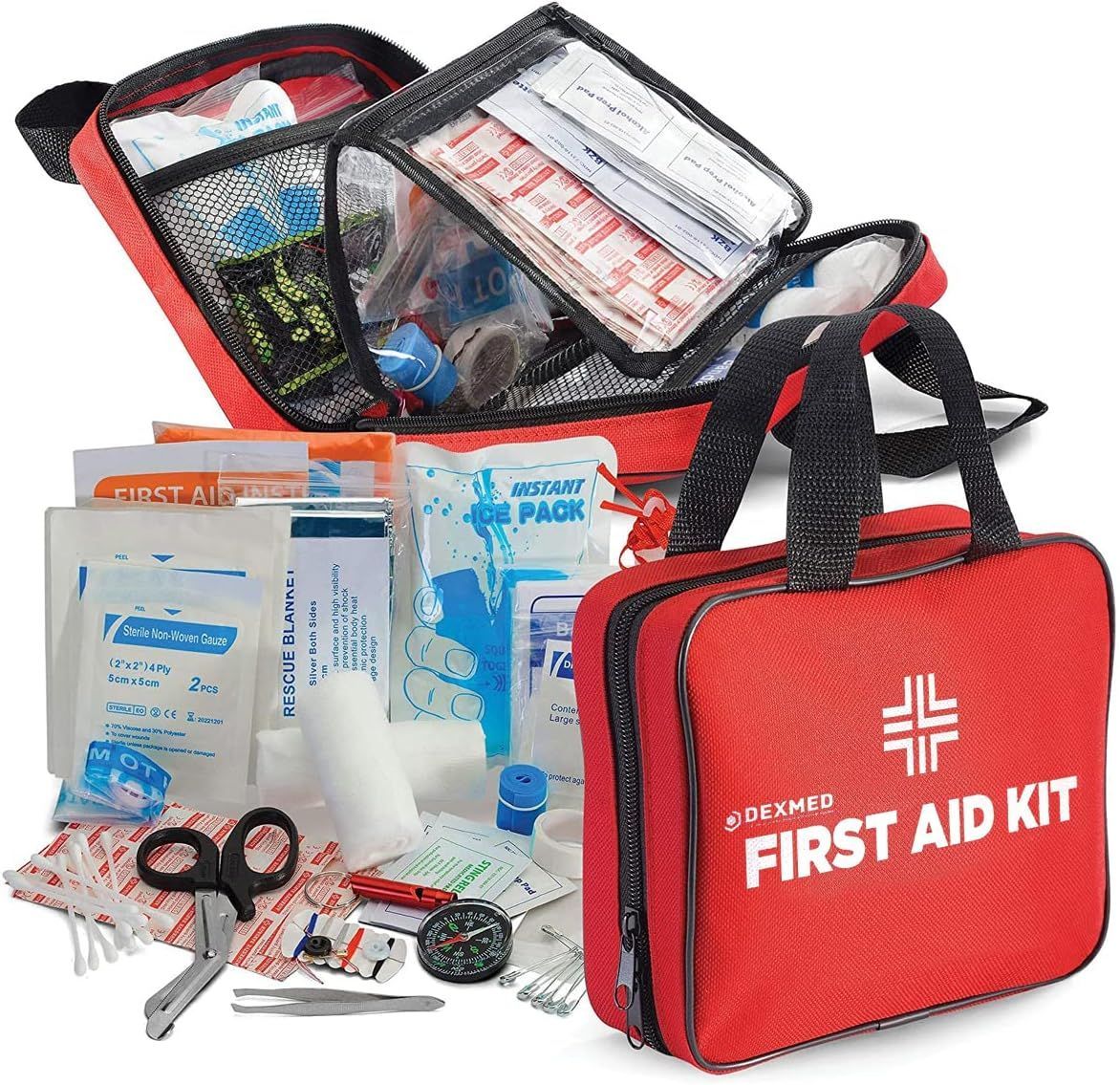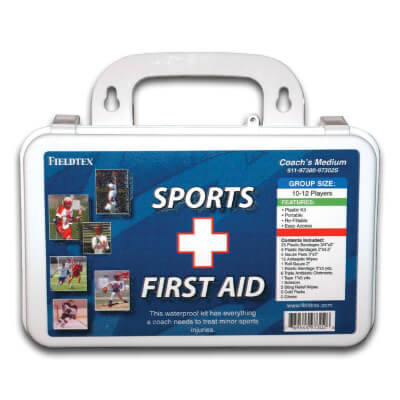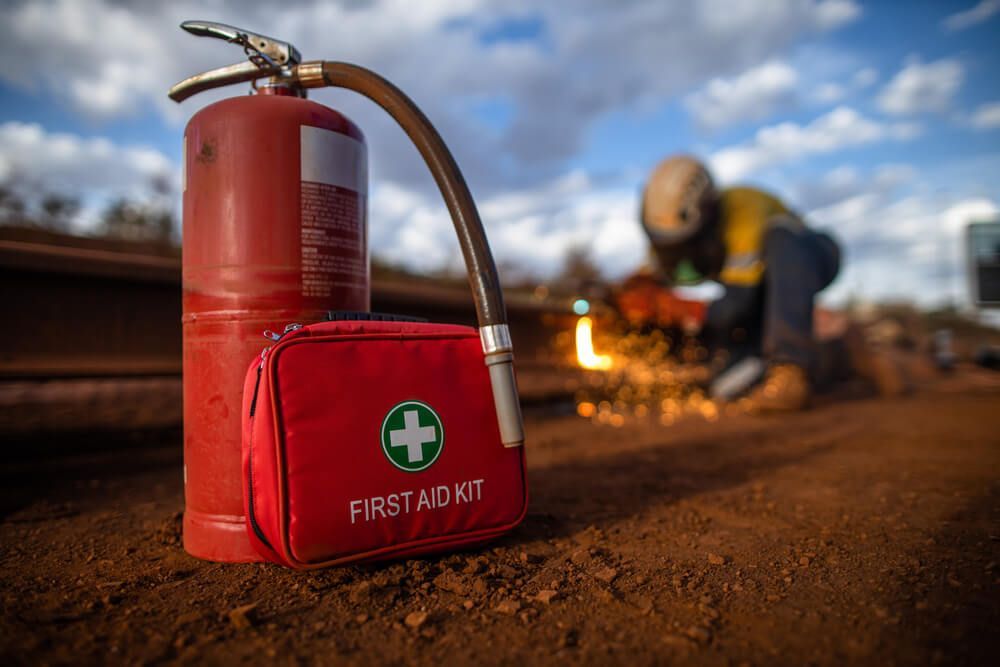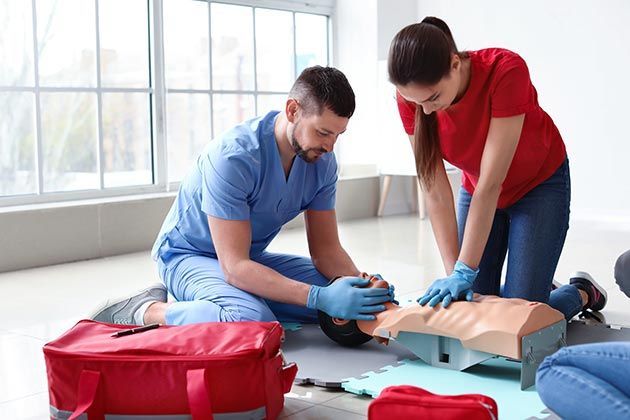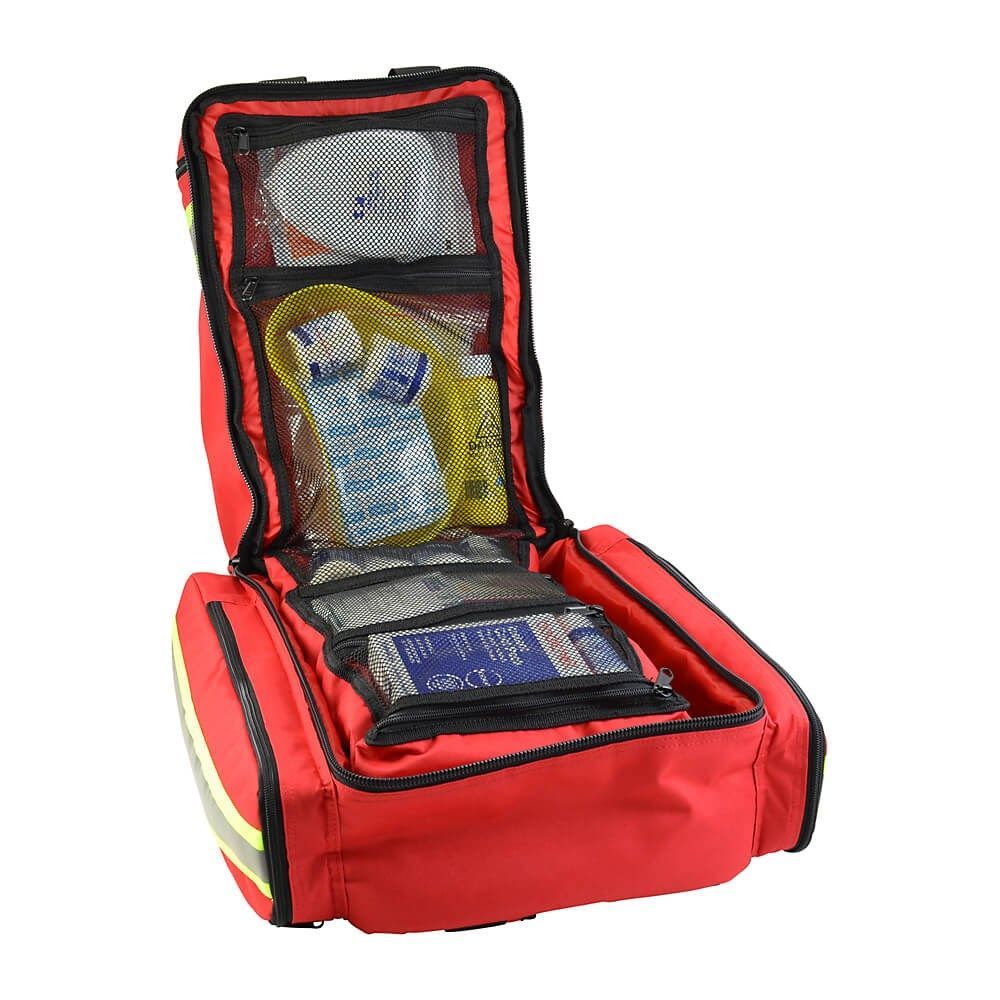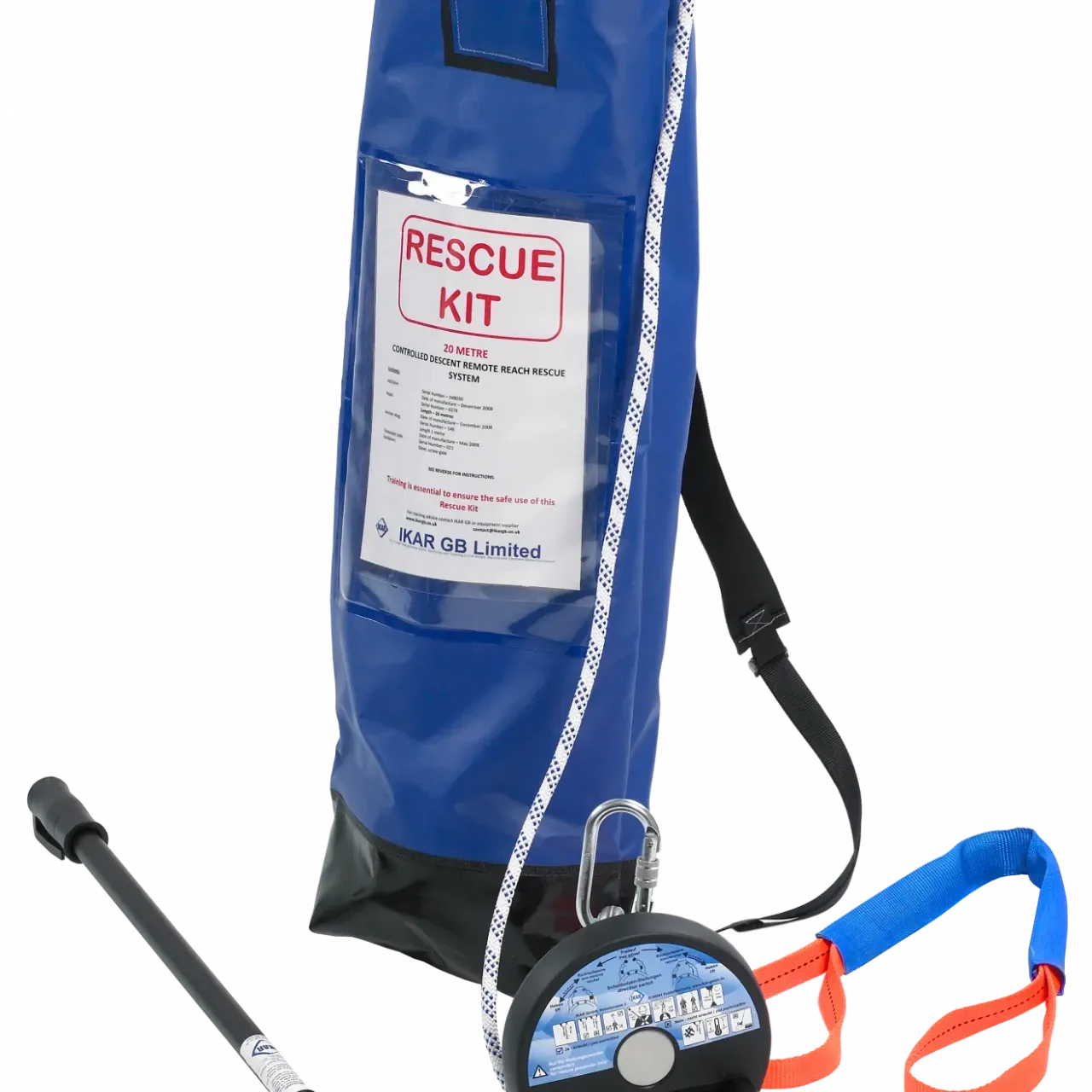Are the Components of the Kit Refillable or Replaceable?
TLDR;
Yes, many components of a
Rapid Rescue Kit are either refillable or replaceable. Items like bandages and antiseptic wipes can be refilled, while batteries or single-use tools are designed to be replaced once used or expired.
What Are Kit Components and Why It Matters
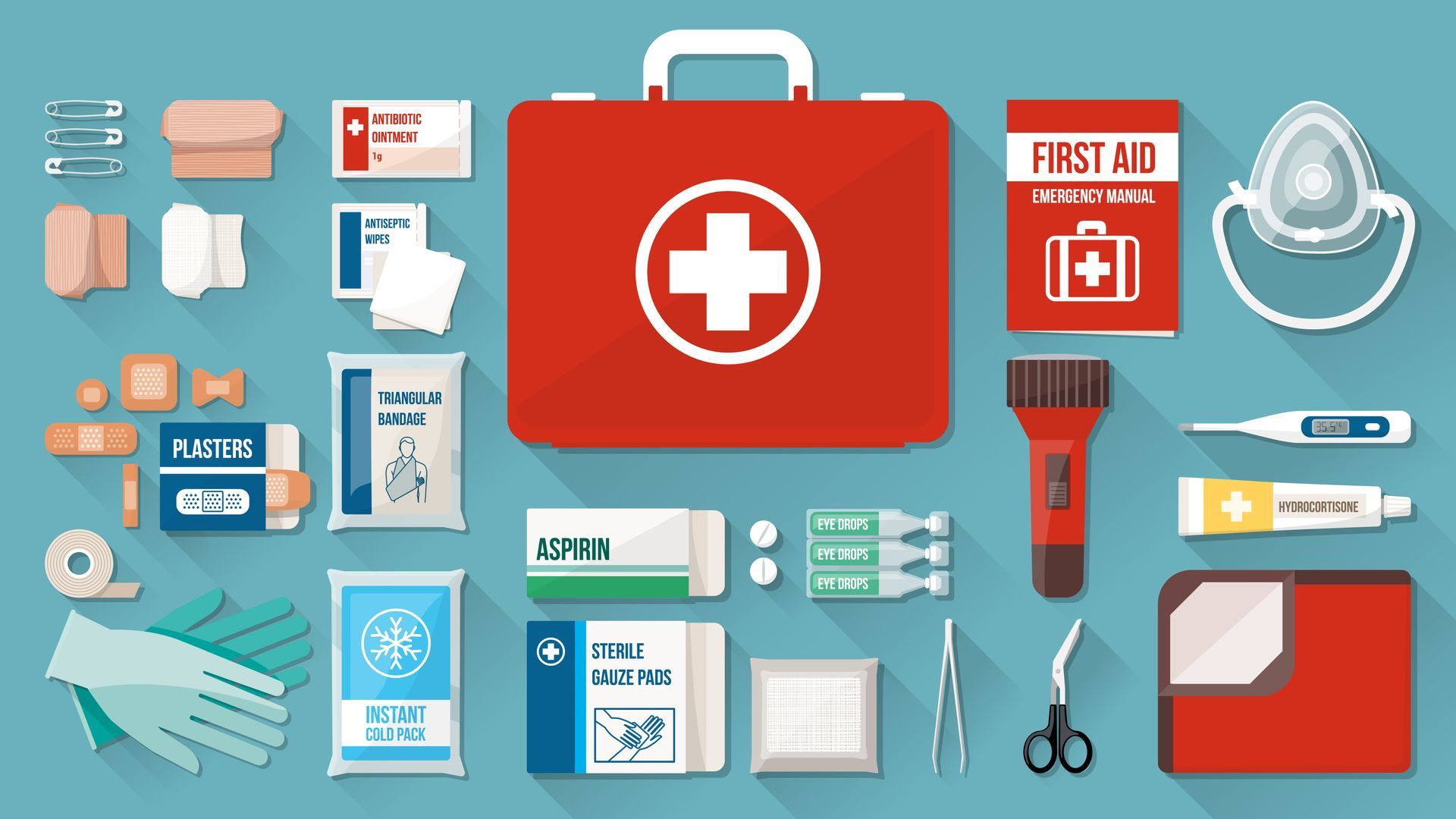
The components inside a Rapid Rescue Kit determine how effective, sustainable, and economical the kit will be over time. Whether you're an individual preparing for emergencies or a business maintaining safety compliance, knowing which parts can be refilled or replaced helps you:
- Extend the life of your kit
- Lower replacement costs
- Reduce waste
- Stay always-ready for emergencies
Understanding the nature of each component is vital. Some parts are built for repeated use; others are meant for one-time deployment and replacement.
Understanding Refillable vs Replaceable Components
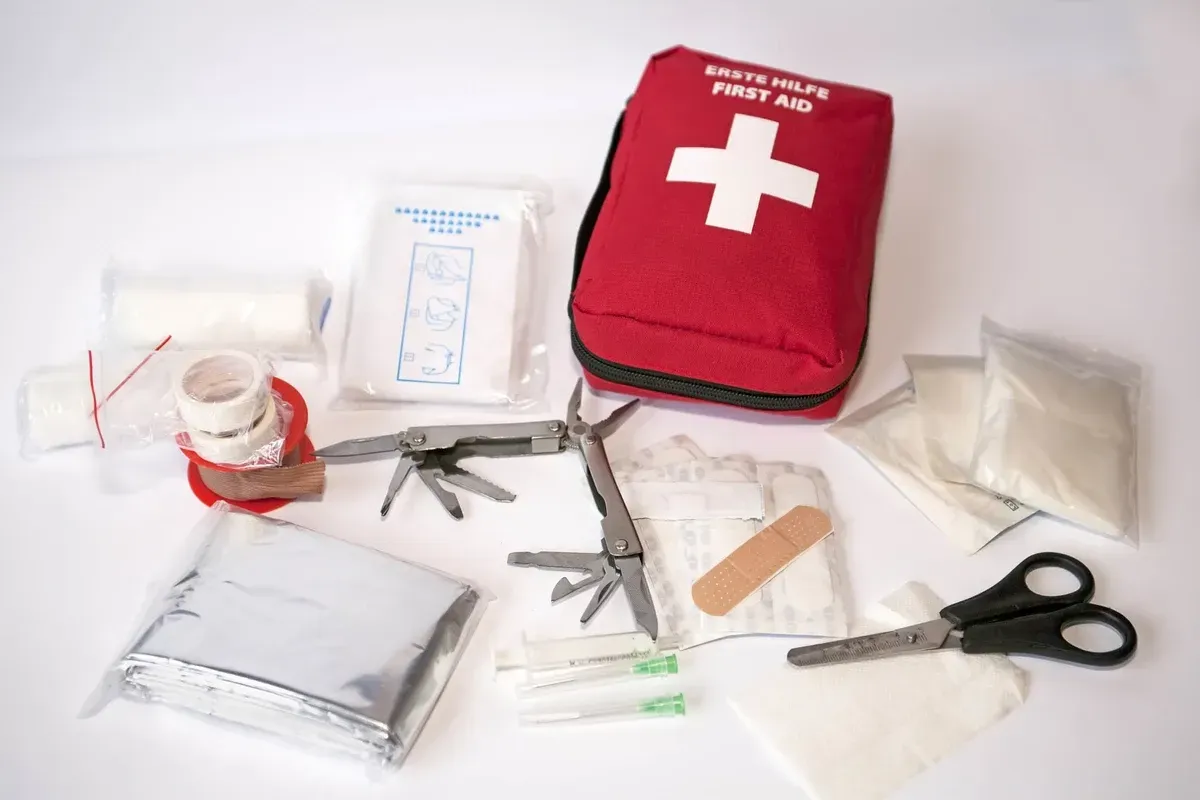
Refillable and replaceable don't mean the same thing, though they both allow continued use of the kit.
- Refillable: You can top off these items when they run low (e.g., bandages, alcohol pads).
- Replaceable: You need to swap the item out entirely (e.g., expired medications or dead batteries).
Examples of Refillable Items
- Reusable pods (like refillable antiseptic containers)
- Modular compartments that can be reloaded with new supplies
- First aid consumables like:
- Bandages
- Gauze
- Gloves
Examples of Replaceable Items
- Disposable tools (e.g., CPR shields, single-use thermometers)
- Medications with expiration dates
- Batteries for flashlights or monitors
- Cold packs after activation
Understanding which category a component falls into helps you build a smarter maintenance routine for your Rapid Rescue Kit.
Typical Components Found in Kits
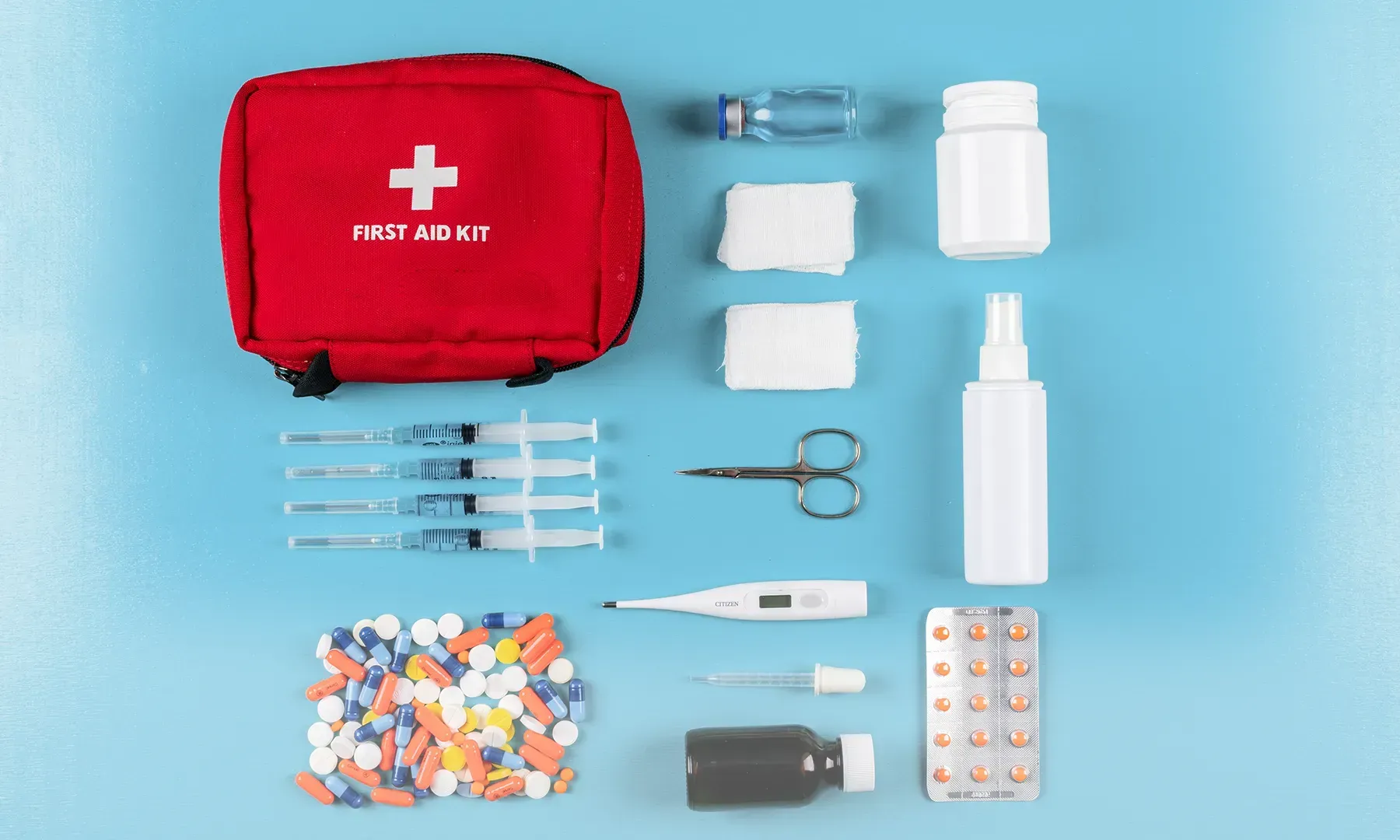
Kits vary depending on their intended use (home, office, car, outdoor). Rapid Rescue Kits typically include:
Battery Units
- Power tools or monitors (e.g., digital thermometers)
- Batteries are
replaceable, not rechargeable
Pods or Refillable Containers
- May hold antiseptics, saline solution, or burn gel
- These are
refillable with appropriate supplies
Coils, Wicks, and Applicators
- Rare in rescue kits but similar logic applies:
- Wicks used in fire-starting gear are often
replaceable
- Applicators like droppers are
reusable
Cartridges
- EpiPen-like auto-injectors or inhalers
- Typically
replaceable and should be monitored for expiry
Note: Competitor kits often do not list exact items — Rapid Rescue Kit provides detailed content listings to avoid ambiguity.
Pros and Cons of Refillable Components
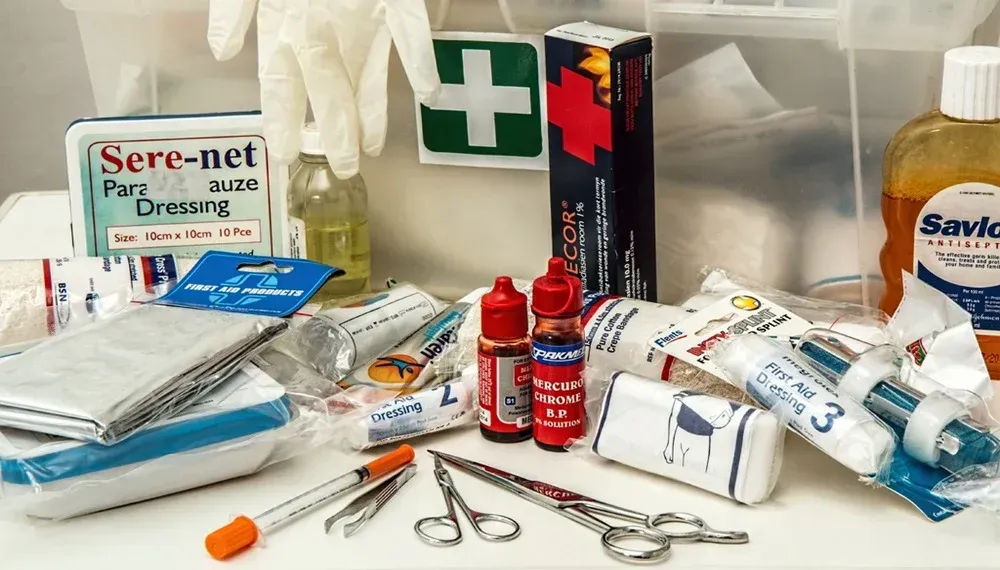
Benefits of Refillable Parts
- Eco-Friendly: Less waste with reusable items
- Cost Savings: Only restock what’s been used
- Flexible Use: Customize with your preferred brands/supplies
Drawbacks to Be Aware Of
- Leakage Risk: If not sealed properly
- Regular Maintenance: Requires cleaning or sterilization
- Compatibility Issues: Not all refills fit all containers
Pros and Cons of Replaceable Components

Benefits of Replaceable Parts
- Easy to Manage:
Swap and go
- No Cross-Contamination: Especially for sterile items
- Consistent Quality: Always new and up-to-date
Downsides to Consider
- More Waste: Single-use tools end up in landfills
- Ongoing Costs: Replacing parts repeatedly adds up
- Limited Customization: Must match original specs
Cost Comparison – Which Is More Budget-Friendly?
Let’s break down monthly cost estimates assuming basic use for a family or small office.
| Component Type | Refillable Cost | Replaceable Cost |
|---|---|---|
| Bandages | $2/month | $3/month |
| Antiseptic Wipes | $1.50/month | $2.50/month |
| Gloves | $1/month | $2/month |
| Batteries | N/A | $5 every 6 months |
| Total (est.) | ~$4.50/month | ~$7.50/month |
- Refillable systems cost less over time but require planning.
- Replaceable parts are easier for those who value convenience.
User Suitability – Who Should Choose What?
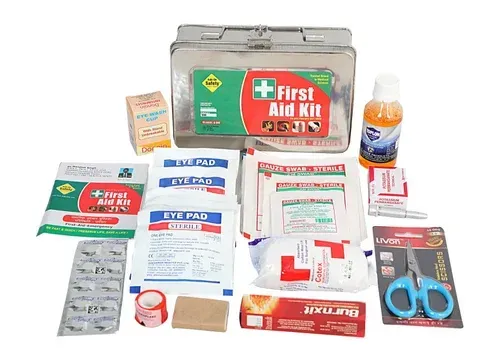
Best Option for Beginners
New to first aid or emergency prep? Stick with:
- Replaceable kits
- Designed for:
- Ease of use
- Hassle-free maintenance
- Minimal learning curve
These are ideal for workplaces just starting to build their Office Emergency Supplies strategy — where simplicity and quick deployment are key.
Keywords to note:
- Starter kits
- Newbie-friendly
- All-in-one packs
Best Option for Experienced Users
Comfortable with maintaining gear?
- Refillable systems are for you
- Offers:
- Flexibility to restock with preferred brands
- Ability to adapt supplies for custom needs
Terms to watch for:
- Advanced mod systems
- Rebuildable kits
- Modular design
Maintenance & Replacement Tips
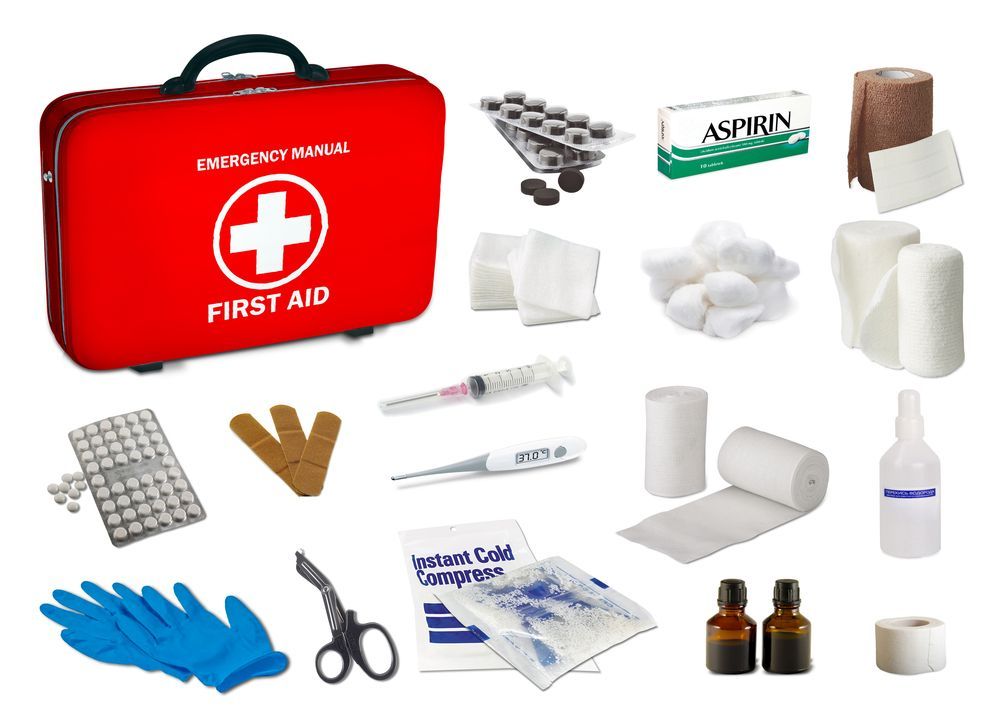
Maintaining Refillable Components
- Clean regularly: Use disinfectants on refillable containers
- Refill frequency: Monitor low-volume items monthly
- Storage tips:
- Keep out of direct sunlight
- Avoid extreme temperatures
- Store liquid items upright to prevent leaks
Helpful tips:
- Label refill dates
- Store backup stock in a separate container
Replacing Worn-Out Parts
Be on the lookout for:
- Signs of wear:
- Cracked casing
- Faded labels
- Difficulty opening/closing compartments
- When to change vape coil-style components:
- If applicable to electronic devices like thermometers, swap every 6–12 months
- Safe disposal:
- Sharps in puncture-proof containers
- Medications via local disposal programs
Watch for:
- Gurgling sounds in devices
- Burnt or metallic smells
- Swelling batteries
FAQ – Everything You Still Want to Know
Can you refill disposable rescue kits?
Most disposable kits are not designed to be refilled. However, Rapid Rescue Kit includes modular containers to allow for partial refills.
How often should I replace kit components?
Check your kit every 3–6 months
Replace items:
After use
At expiry
If damaged
Is it better to refill or replace?
It depends on your:
Budget
Skill level
Sustainability goals
Refilling is cheaper long-term, while replacing is more convenient.
Do kits expire?
Yes. Components like medications, ointments, batteries, and sterile packaging all have expiration dates.
Refillable Vape Pods vs Replaceable Coils — What This Teaches Us
The vape industry popularized the modular design approach — and this logic applies to emergency kits, too.
- Modular = better customization
- Swap parts without buying everything again
- Example: Instead of replacing an entire burn care section, just refill the gel and gauze
Rapid Rescue Kit uses this same logic for
cost-effective,
sustainable, and
easy-to-maintain designs.

